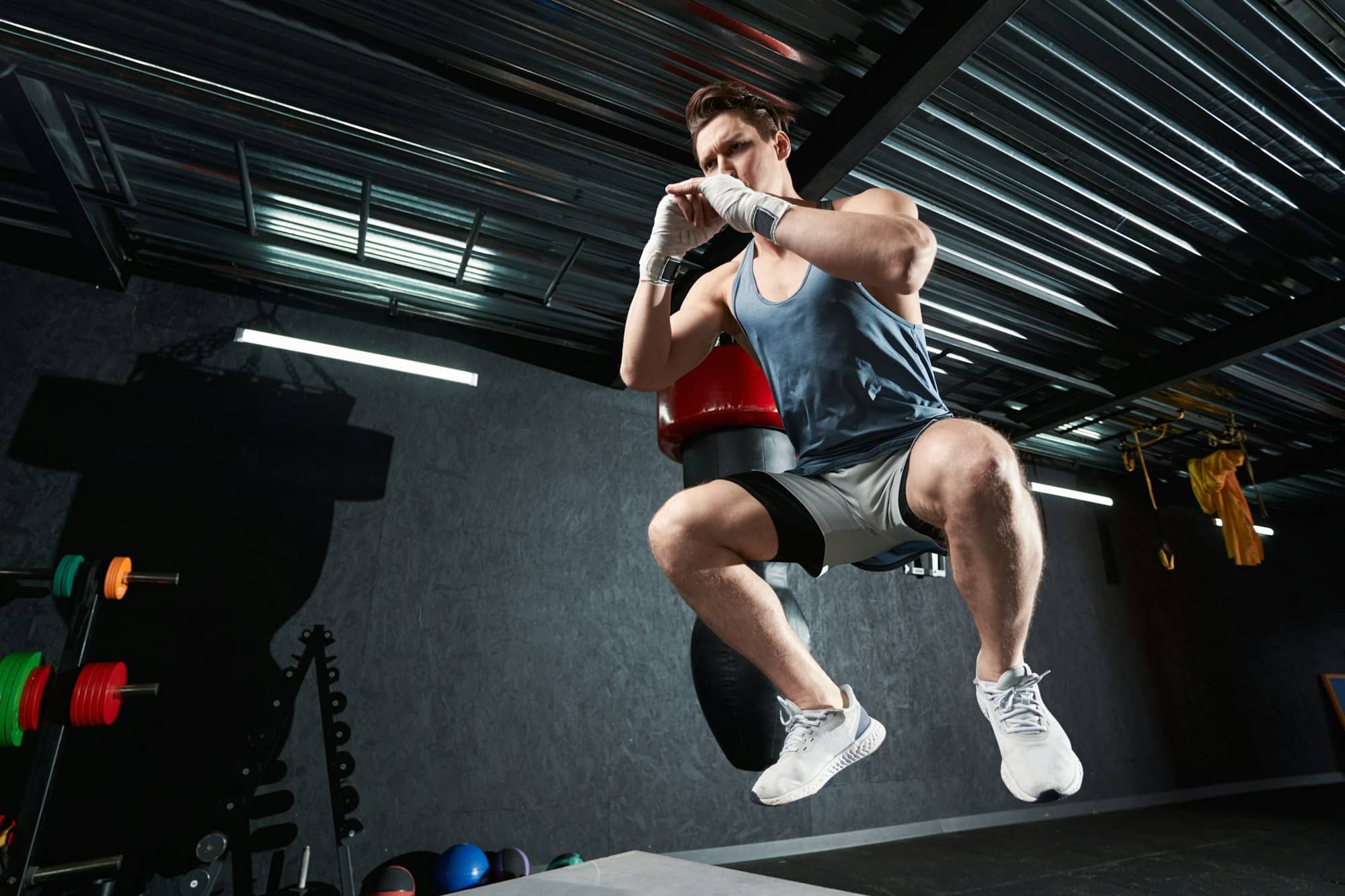How can plyometric exercises enhance the jumping ability of volleyball players?

Every volleyball player understands the crucial role of jumping ability in their game. A good jump can make the difference between an average and an exceptional player. The height of the jump can be a deciding factor in a competitive match. It is the reason why most players continuously seek ways to improve their vertical leap. One such method, backed by evidence from scholarly studies and praised by industry-leading sports trainers, is the incorporation of plyometric exercises into the training routine.
Understanding Plyometric Exercises
So, what exactly are plyometric exercises? They are a group of exercises that involve rapid stretching and contracting of the muscles, designed to increase muscle power and strength. With a focus on quick, powerful movements, plyometric training has been demonstrated to improve jump performance in multiple sports, including volleyball.
A lire aussi : What are the latest advancements in helmet safety for reducing concussion risks in ice hockey?
According to a study cited on PubMed, a respected platform for biomedical literature, plyometric exercises have a positive effect on increasing the vertical jump height of athletes. The exercises may include but are not limited to various jumps in place, standing jumps, multiple hops, jumps over obstacles, and bounding movements.
The principle behind plyometric training lies in its ability to increase the speed and force of muscular contractions, subsequently leading to improvements in an athlete’s explosive strength.
Cela peut vous intéresser : How to use high-intensity interval training (HIIT) to increase stamina in field hockey players?
Plyometric Training and Volleyball
In volleyball, every point counts, and a high jump could mean the difference between a win or a loss. Plyometric training can help players capitalize on this aspect of the game.
As per a scholarly article indexed on Google Scholar, a group of volleyball players who incorporated plyometric exercises into their training routine for 12 weeks saw a significant improvement in their jumping ability. The study concluded that plyometric training is a valuable tool for enhancing the vertical jump performance of volleyball players.
These exercises provide a systematic way of improving not just the jump height but also the agility and quickness of players, contributing to a better overall performance.
Implementing Plyometric Training
So, how might you incorporate plyometric training into your regimen? It’s crucial to remember that any new training routine should be introduced gradually.
The first week could involve basic plyometric exercises such as box jumps or jump squats. Over time, you could introduce more advanced exercises like depth jumps or bounding. It’s also essential to ensure proper rest between sessions to avoid overtraining and injury.
In addition to the exercises, players should also focus on their technique during training. They should aim for smooth, controlled movements, ensuring that the exercises are conducted safely and effectively.
A study conducted on a group of athletes and published on PubMed found that an 8-week plyometric training program significantly improved the players’ vertical jumps, demonstrating the effectiveness of these exercises.
The Long-Term Effects of Plyometric Training
While the immediate effects of plyometric training may be evident in improved jumping ability, it’s the long-term benefits that truly make a difference in an athlete’s performance.
A systematic review of studies, available via Google Scholar, highlighted the sustained increase in jump height and muscle strength in athletes who underwent plyometric training over a long period. This long-term enhancement of performance is particularly beneficial for sports like volleyball, where strength and agility determine the outcome of a match.
Plyometric exercises, therefore, are not just about increasing your vertical leap for the next match. They are about a sustained improvement in performance, about upping your game consistently, and about being a better athlete in the long run.
In conclusion, the benefits of plyometric exercises in enhancing the jumping ability and overall performance of volleyball players are backed by various scholarly studies and are highly regarded in the sports training community. As with any new training regimen, it is important to introduce plyometric exercises gradually and under the guidance of a qualified trainer. With the right approach and dedication, plyometric training could be the secret to achieving that game-changing jump height.
Benefits of Plyometric Training on Agility and Quickness
While the impact of plyometric exercises on jump height is impressive, there’s more to this training approach. Another crucial aspect where plyometric training has been shown to make significant strides is in enhancing players’ agility and quickness.
According to a meta-analysis available on Google Scholar, plyometric training not only improves vertical jump performance but also contributes substantially to the agility and quickness of volleyball players. These elements are critical in a sport like volleyball, where swift reactions and movements can make or break a game.
Agility is a player’s ability to move quickly and easily, while quickness refers to the ability to react and change body position with a maximum rate of force production. Both are necessary for optimal performance in volleyball.
The agility and quickness gained from plyometric training are a result of improved muscle strength and neuromuscular coordination. Plyometric exercises, such as bounding and jumps over obstacles, challenge the neural system, refining the body’s ability to respond to rapid changes in direction or speed.
A study by Ramirez-Campillo and colleagues, available on PubMed, elucidated the benefits of plyometric training for agility and quickness. The research revealed that athletes who underwent a 6-week plyometric training program were significantly quicker and more agile than the control group.
Meta-Analyses on Effectiveness of Plyometric Training
Meta-analyses provide a broader perspective on the research topic by synthesizing results from multiple studies. In the context of plyometric training for volleyball players, meta-analyses have provided a wealth of supportive evidence.
One systematic review available on Google Scholar analyzed several randomized controlled trials that examined the effects of plyometric training on volleyball players. The review concluded that plyometric training programs are highly effective in enhancing both jump performance and overall player agility.
Another meta-analysis, also available on Google Scholar, focused on the long-term effects of plyometric training. The review found that athletes who maintained plyometric exercises as part of their regular training routine saw a sustained increase in their vertical jump height and muscle strength.
In light of these meta-analyses, it’s clear that plyometric training holds great promise for volleyball players aiming to boost their performance on the court.
Conclusion
Plyometric training offers a plethora of benefits to volleyball players. From enhancing vertical jump height to improving agility and quickness, the advantages of this training approach are manifold and well-supported by scholarly evidence from sources like PubMed and Google Scholar. Meta-analyses have further cemented the effectiveness of this training approach, showcasing how it not only brings immediate performance improvements but also fosters long-term enhancements.
Implementing plyometric exercises into a training program requires careful planning and guidance from a qualified strength conditioning expert. Starting with basic exercises and gradually introducing more complex ones, while ensuring adequate rest, is key to reaping the full benefits of this training method without risking injury.
In conclusion, plyometric training holds significant potential for volleyball players seeking to elevate their game. By dedicating themselves to this training approach, athletes can look forward to achieving their performance goals and consistently outperforming their personal bests. Whether it’s the next match or a long-term athletic career, plyometric training could indeed be the game-changer.
